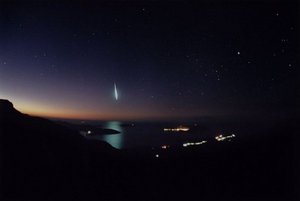
|
| ©Unknown |
Imagine staring into the sky and seeing a tiny yellow dot, gradually getting closer. That dot doubles in size every second, until it slowly darkens the sky. You realize that this dot is actually the size of New York City and is screeching through the atmosphere faster than the speed of sound, coming right for you. This massive object will cause tsunamis, earthquakes and obliterate natural daylight for years...oh... and it will kill you. Similar asteroid impacts have and will happen on numerous occasions in our earth's history. Today we'll show you the biggest impact craters by diameter.
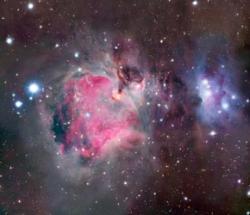
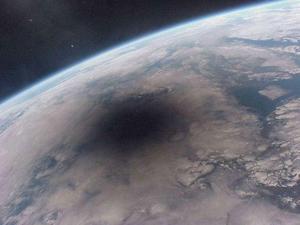
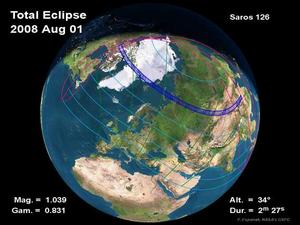
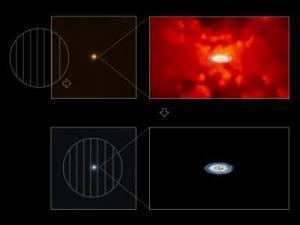


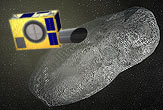



Comment: This, of course, assumes that human civilization survives long enough to disseminate such technologies publicly.